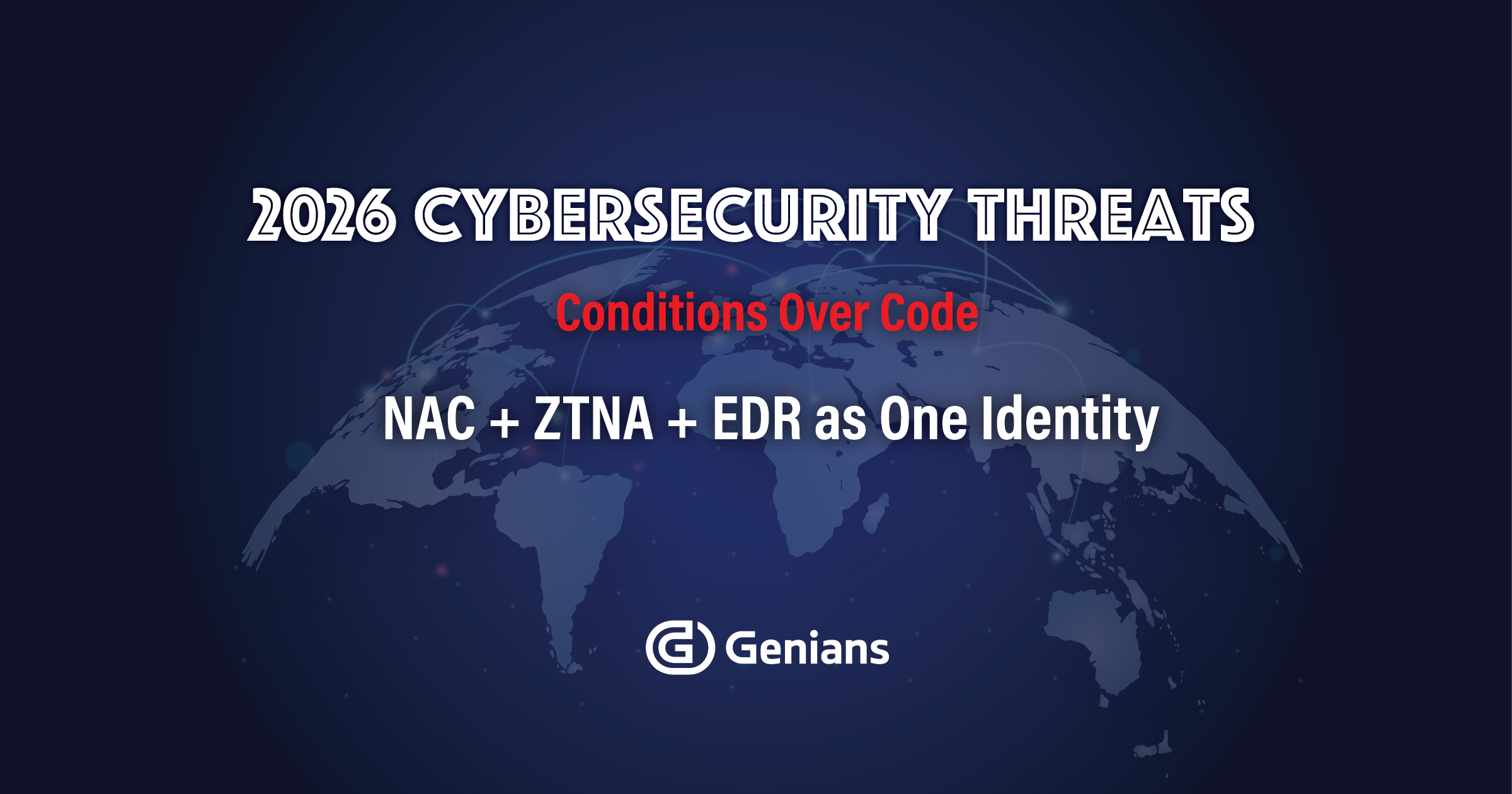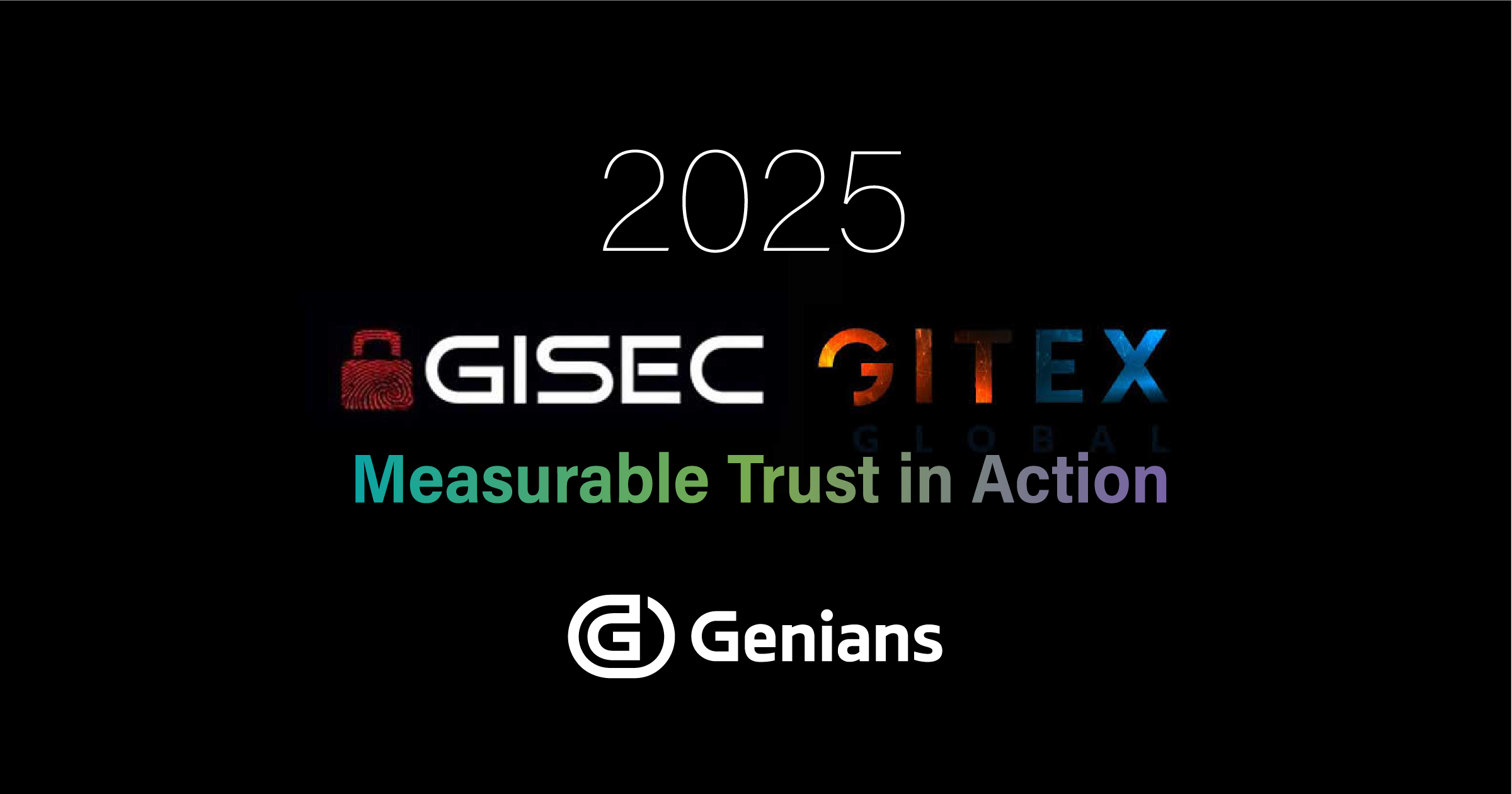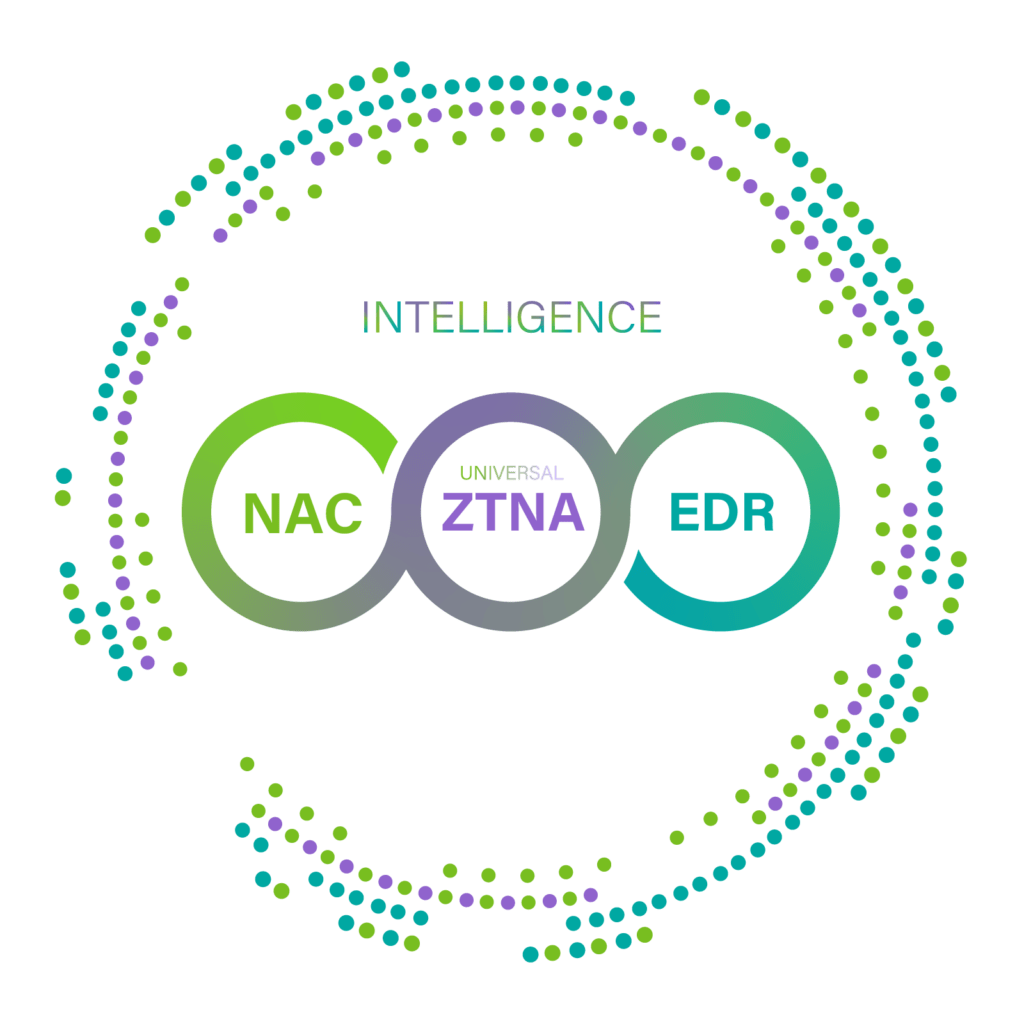In the ever-evolving landscape of cybersecurity, the defense against lateral movement (i.e., the tenth step in the MITRE Att&CK framework) stands as a critical imperative. Lateral movement, a tactic employed by cyber adversaries to stealthily advance within networks once they have gained access, poses intricate challenges across all OSI layers. From Layer 2 vulnerabilities like MAC address spoofing to potential exploits in VPN configurations at Layer 3, understanding these risks is paramount. The comprehensive overview that follows not only dissects the OSI layer concerns but also sheds light on potential threats, emphasizing the need for robust security measures to fortify against lateral movement. Let’s look at the criticality and concerns of each OSI layer from the perspective of lateral movement in a network:
Layer-specific Challenges:
| Layers | Concerns |
|---|---|
| 2: Data Link | MAC address spoofing, ARP spoofing, and VLAN hopping are the significant concerns driving the detection and prevention of lateral movement. Weaknesses in VLAN steering can allow attackers to compromise network segmentation. |
| 3: Network | IP address spoofing, unauthorized routing, and securing communication between different subnets are key concerns driving the detection of lateral movement. |
| 4: Transport | Monitoring for unusual port usage, detecting anomalies in transport layer protocols, and identifying specific communication patterns are crucial for detecting lateral movement. Weaknesses in VPN protocols and configurations may lead to unauthorized access. |
| 5: Session | Issues related to session hijacking could have security implications. Weaknesses in RADIUS authentication may compromise session security. |
| 6:Presentation | At this layer, security concerns involve preventing attacks targeting data format manipulation while also ensuring the confidentiality of presented data. Weaknesses in VPN encryption methods or key management can compromise data integrity. |
| 7:Application | Security at this layer includes preventing unauthorized access, detecting data exfiltration, and identifying abnormal application behavior indicative of lateral movement. Weaknesses in application-level security combined with VPN vulnerabilities can provide avenues for lateral movement |
Technology-specific Challenges:
| Technologies | Concerns |
|---|---|
| VPN | Essential for providing secure communication channels, especially for remote access. A VPN lets users access anything behind the perimeter, which can be abused by adversaries. Ensuring the security of VPN connections, including authentication, encryption, and secure tunneling, is crucial for preventing lateral movement. Weaknesses in VPN protocols and configurations can be exploited for unauthorized access. |
| RADIUS | Weaknesses in RADIUS authentication may lead to unauthorized access. Ensuring the integrity of RADIUS servers is crucial for preventing lateral movement. |
To address these concerns, combining the robust defenses of Network Access Control (NAC) with those of the Zero Trust Network Access (ZTNA) model emerges as a strategic response to the threat posed by lateral movement. As we delve into the technical intricacies involved in such scenarios, this integration not only addresses the challenges posed across the OSI layers but unifies the strengths of both NAC and ZTNA, creating a dynamic security framework that comprehensively fortifies against lateral movement risks. From unified authentication to micro-segmentation and on to continuous monitoring, this synergistic approach more effectively addresses OSI layer vulnerabilities, weaving a seamless defense fabric across the network landscape. Let’s explore how this amalgamation navigates the complex terrain of network security, presenting a unified front against lateral movement threats.
NAC and ZTNA Combined Strengths:
| Requirement | Implementation |
|---|---|
| Comprehensive Endpoint Insight | Leverage non-disruptive network sensing technology to get real-time visibility into known, unknown, rogue, and misconfigured devices and applications, enriched with contextual data such as Common Vulnerabilities and Exposures (CVE), End of Life, End of Sales, etc. |
| Unified Authentication | Utilize identity providers that support both NAC and ZTNA requirements. Ensure seamless integration with authentication protocols such as RADIUS and LDAP for NAC and standards like OAuth or OpenID Connect for ZTNA. |
| Device Posture Assessment Integration | Leverage endpoint detection and response (EDR) solutions for device posture assessments within the NAC framework. Integrate EDR data with ZTNA solutions to enhance continuous monitoring capabilities, ensuring that devices remain in compliance during network access. |
| Micro-Segmentation and Application-Centric Access | Use NAC to establish micro-segments within the network, and then align ZTNA policies with these segments. This allows for the enforcement of both network-level segmentation and application-specific access controls based on the Zero Trust model. |
| Least Privilege Access | Define and enforce access policies based on the principle of least privilege using both NAC and ZTNA solutions. Ensure that users and devices have minimal access rights required for their roles and tasks. |
| Continuous Monitoring and Automated Response | Integrate security information and event management (SIEM) solutions with both NAC and ZTNA to correlate and analyze security events. Implement automated responses that can be triggered by either NAC or ZTNA, allowing for coordinated actions in response to security incidents. |
| Secure Remote Access Integration | Utilize VPN solutions for secure remote access, ensuring that NAC policies are enforced before access is granted. Integrate ZTNA principles to enhance user and device verification, adding an extra layer of security for remote connections. |
| Encryption and Zero Trust Principles | Enforce encryption for data in transit using technologies such as VPNs and secure application-layer protocols. Adopt a unified approach to continuous verification and strict access control based on the Zero Trust model. |
| Unified Policy Enforcement | Use a centralized policy management system that integrates with both NAC and ZTNA solutions. This ensures consistency in policy enforcement across the network, reducing the risk of misconfigurations and vulnerabilities. |





